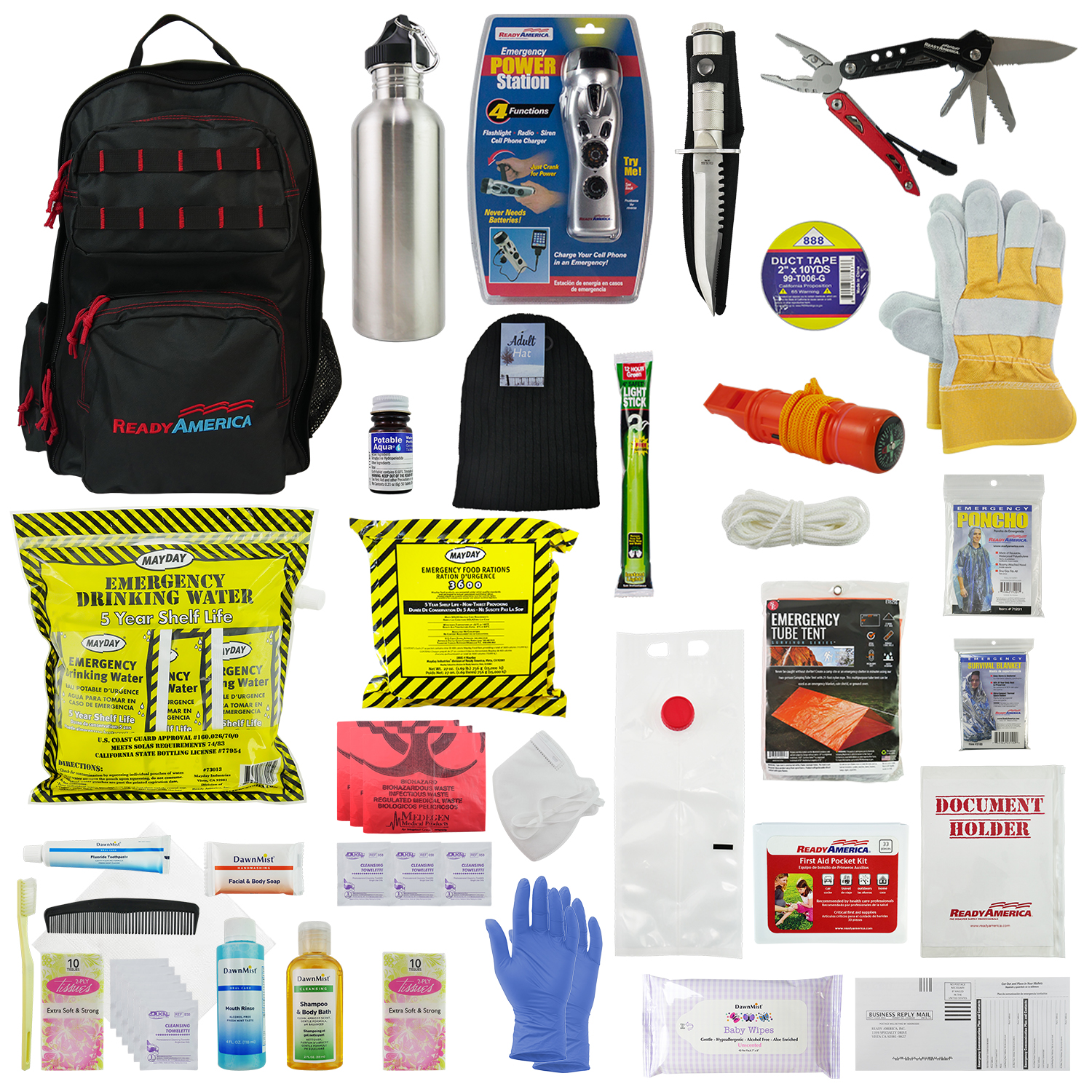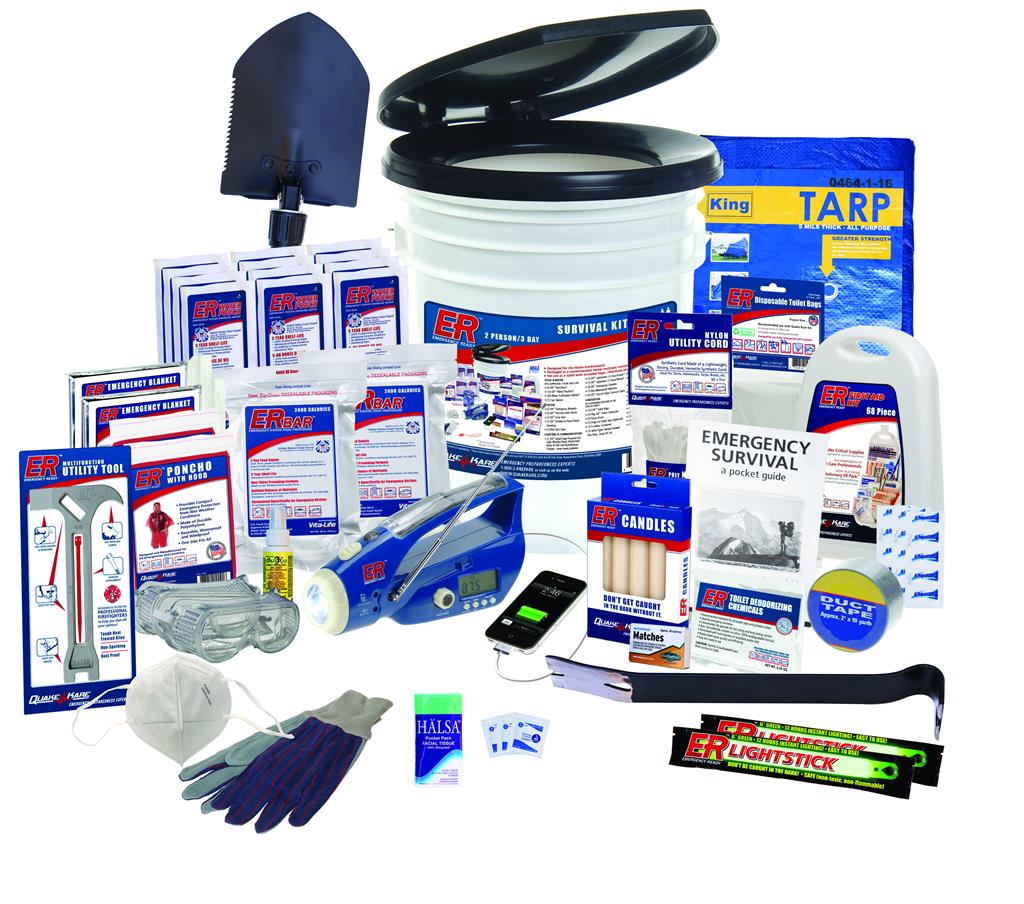How to Develop a Detailed Emergency Situation Readiness Plan
In the world of readiness, establishing a comprehensive emergency situation strategy is not merely a job to mark off a list; it is a crucial foundation of any company or person's resilience method. From natural calamities to unanticipated dilemmas, the capability to expect, alleviate, and respond successfully can mean the difference in between disorder and control. By diligently crafting a strategy that attends to different elements of emergency management, including danger analysis, communication procedures, resource allocation, and strategic decision-making, one can lay a strong foundation for guarding possessions, lives, and operations. Nonetheless, the real efficacy of such a plan lies not just in its development but likewise in its ongoing upkeep and adaptation to evolving challenges and threats.
Importance of Emergency Situation Readiness
Emergency readiness is important for reducing prospective risks and ensuring the safety and security of individuals and areas. In today's world, where all-natural catastrophes, public wellness crises, and other emergency situations can strike without warning, being prepared can make a significant distinction in decreasing the effect of these events. By having a well-balanced emergency preparedness strategy in position, companies and people can react successfully, protect lives, and minimize residential property damages.
Among the main factors why emergency situation preparedness is essential is its function in saving lives. When emergency situations take place, having a plan that describes clear treatments for emergency situation, communication, and discharge response can help people act swiftly and emphatically. This can prevent injuries and fatalities by guaranteeing that individuals understand what actions to take to remain risk-free
Additionally, emergency readiness boosts the strength of neighborhoods. By cultivating a culture of preparedness and planning for different circumstances, areas can get better quicker from disruptions and catastrophes. This durability is crucial for keeping stability, connection of operations, and general wellness despite misfortune.
Assessing Prospective Risks
Considering the relevance of being prepared for unanticipated occasions, the initial action in establishing an effective emergency situation readiness strategy involves extensively examining and evaluating prospective risks. This analysis needs a comprehensive review of all feasible threats that might influence the company, taking into consideration variables such as location, industry, and historical information on incidents. By determining these risks, companies can prioritize their readiness initiatives and allocate resources efficiently to reduce one of the most considerable risks.
Usual dangers that organizations may deal with consist of all-natural catastrophes like earthquakes, hurricanes, or floodings, technical dangers such as power blackouts or information breaches, along with human-caused dangers like crashes or intentional acts of physical violence. Conducting a threat analysis additionally involves thinking about the potential impact of these events on the company's operations, workers, consumers, and online reputation. By carrying out a thorough danger evaluation, organizations can create tailored emergency feedback plans that address their certain vulnerabilities and ensure effective preparedness for any type of possible situation.
Producing an Interaction Plan
Establishing a comprehensive and clear interaction plan is crucial for effective emergency readiness within companies. In times of crisis, interaction plays an important duty in making certain the safety and security and health of workers, stakeholders, and the neighborhood. A well-balanced interaction strategy ought to outline clear lines of interaction, mark essential personnel liable for communication tasks, and develop methods for sharing information quickly and properly.
One secret element of creating a communication plan is identifying alternate and key interaction networks (EMERGENCY PREPAREDNESS). These can consist of email, message messaging, phone trees, social media platforms, and public address systems. It is important to ensure that these networks are trusted, obtainable, and frequently evaluated to guarantee their effectiveness throughout emergency situations

Structure an Emergency Kit
Given the critical significance of readiness in times of crisis, an essential component that companies must attend to is the establishment of an emergency situation kit. An emergency kit serves as an essential source that can assist alleviate the effect of unforeseen occasions, ensuring that crucial products and tools are conveniently offered when needed most. When assembling an emergency set, it is important to consider the details demands and conditions of the company. Fundamental things such as water, non-perishable food, very first help products, flashlights, batteries, and a battery-powered radio are basic parts of any type of emergency situation set. Furthermore, companies should consist of crucial records, such as contact checklists, insurance policy information, and emergency feedback strategies, in water resistant containers within the set. Regularly examining and updating the contents of the emergency package is imperative to guarantee that supplies are functional and present. By proactively building and preserving an emergency situation kit, organizations can boost their readiness to efficiently reply to dilemmas and protect their workers and possessions.
Developing Evacuation Treatments
To ensure the safety and security and orderly discharge of workers during emergency situations, organizations need to establish clear and reliable evacuation procedures. Emptying procedures must include an array of prospective situations, including fires, all-natural calamities, or other emergency situations that need speedy emptying.

Additionally, companies need to establish a system for accountancy for all employees during an emptying to make certain that everyone has securely left the properties. Communication plays an essential duty in evacuation treatments, with clear guidelines on exactly how to evacuate and when to do so. Normal evaluation and upgrading of emptying procedures based upon responses and altering circumstances are important to keeping the efficiency of the strategy.
Verdict
To conclude, creating a comprehensive emergency situation readiness plan is important for making certain the security and health of individuals in the event of a catastrophe (EMERGENCY PREPAREDNESS). By analyzing possible risks, producing a communication plan, building an emergency situation kit, and establishing discharge individuals, treatments and organizations can be better furnished to respond successfully to emergencies. It is essential to prioritize readiness efforts to alleviate the effect of disasters and shield lives and home
In the realm of preparedness, creating a comprehensive emergency situation plan is not simply a task to inspect off a checklist; it is a crucial foundation of any type of organization or individual's resilience strategy. When emergencies take place, having a strategy that lays out clear treatments for emergency, evacuation, and interaction response can assist people act quickly and decisively. Get the facts. By conducting a thorough threat assessment, companies can create tailored emergency situation action strategies that resolve their certain vulnerabilities and make certain reliable preparedness for any prospective crisis
Developing a clear and extensive communication plan is crucial for effective emergency preparedness within organizations. By assessing prospective threats, producing a communication plan, developing an emergency package, and establishing evacuation individuals, procedures and companies can be much better geared up to react successfully to emergencies.